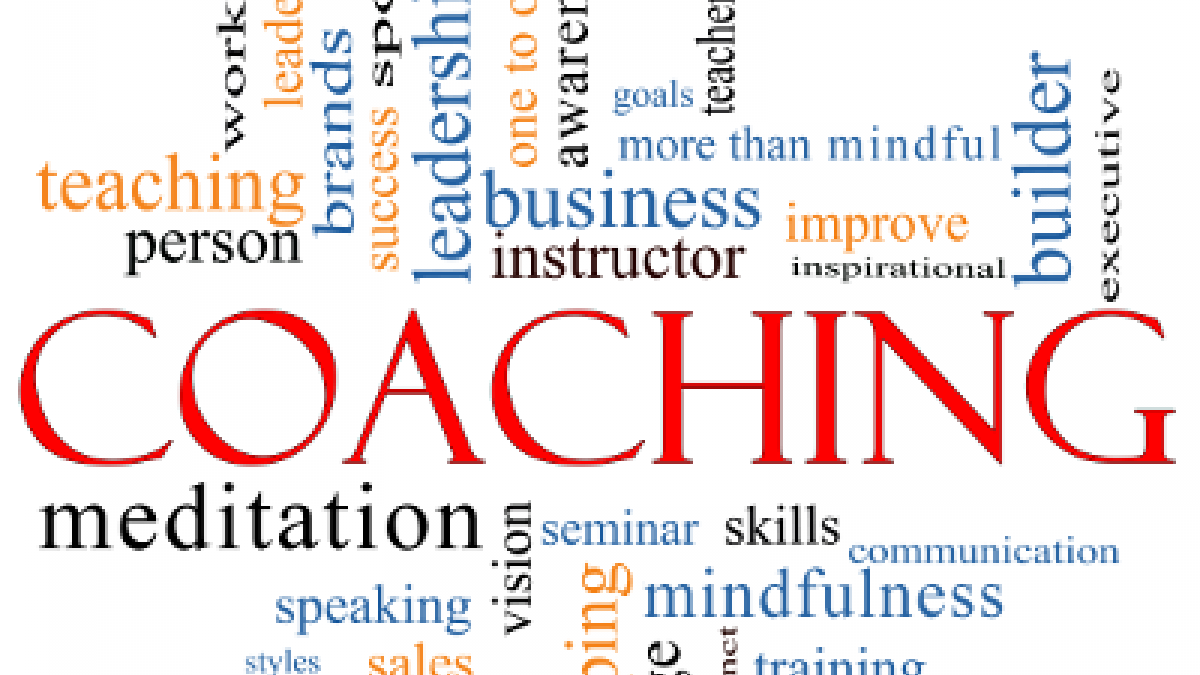Most people think of mindfulness within the confines of sitting still for a period of time. But, in fact, carrying out mindfulness when walking can be incredibly beneficial. We regularly undertake a brief walking meditation during our mindfulness teaching sessions, when members of the group are encouraged to be fully aware of their bodies and/or breathing while doing this simple movement. So, like all mindfulness exercises, this is about awareness.
As is often the case, people are somewhat surprised to find what a different sort of experience this presents to them. Being completely and fully aware of our bodies when doing something we usually do without a second thought can be enlightening. When you are moving it’s often easier to become aware of your body than it is when sitting still for a period of time. And many opportunities arise each day when a brief walking meditation can take place.
Normally we don’t walk without intention – we are walking to get somewhere or our intention may be to seek pleasure. Here we aim to let go of all intention other than awareness. We may notice ourselves either enjoying or disliking our walking. We may be cold, we may be wet, or we may feel exhausted. On the other hand, we may feel completely happy and full of energy! Whatever we notice is OK – we’re not trying to change anything.
So, how do our feet feel against the changing surfaces we walk on? What do we notice about the differing shades of colours we encounter? How does the air feel against our skin? Is it cool, or warm or breezy or still? What sounds are we aware of and how do those sounds change as we walk along? Do the sounds of our own walking change as the walking surface changes? Does the pace of our walking change?
As you walk, scan through the physical sensations in your body, starting with the soles of your feet and all the way up to the top of your head. Take time to notice sensations in all parts of your body. Then notice sensations in your body, as a whole.
Now we might like to bring a little intention to our walking – by walking and smiling. This walking and smiling practice is recommended by world-famous mindfulness teacher Thich Nhat Hanh and is all about generating positive feelings for yourself as you walk. So… walk as if you’re the happiest person on earth. Smile – you’re alive! Acknowledge that you’re very fortunate if you’re able to walk. As you walk in this way, imagine you are printing peace and joy with every step you take. Walk as if you’re kissing the earth with each step you take. Know that you’re taking care of the earth by walking in this way.
Every now and then, when you see a beautiful tree, flower, lake, or anything else you like, stop and look at it. Continue to follow your breathing as you do this. Allow each step to refresh your body and mind. Realise that life can only be lived in the present moment. Enjoy your walking.
So next time you’re getting up to put the kettle on, walking from the car to the shop, or walking along the beach on holiday or around the local park, just simply slow down a little and notice what’s going on – what is your breathing doing and has it changed? – what are your muscles doing and how do they feel? – are you brave enough to take your shoes off and feel the sand between your toes or the grass beneath your feet? Remember that the purpose of a walking meditation is to be fully in the present moment, letting go of any anxieties and worries; letting go of any intention. Simply being fully aware.
Rachel Broomfield, Mindfulness teacher and trainer









